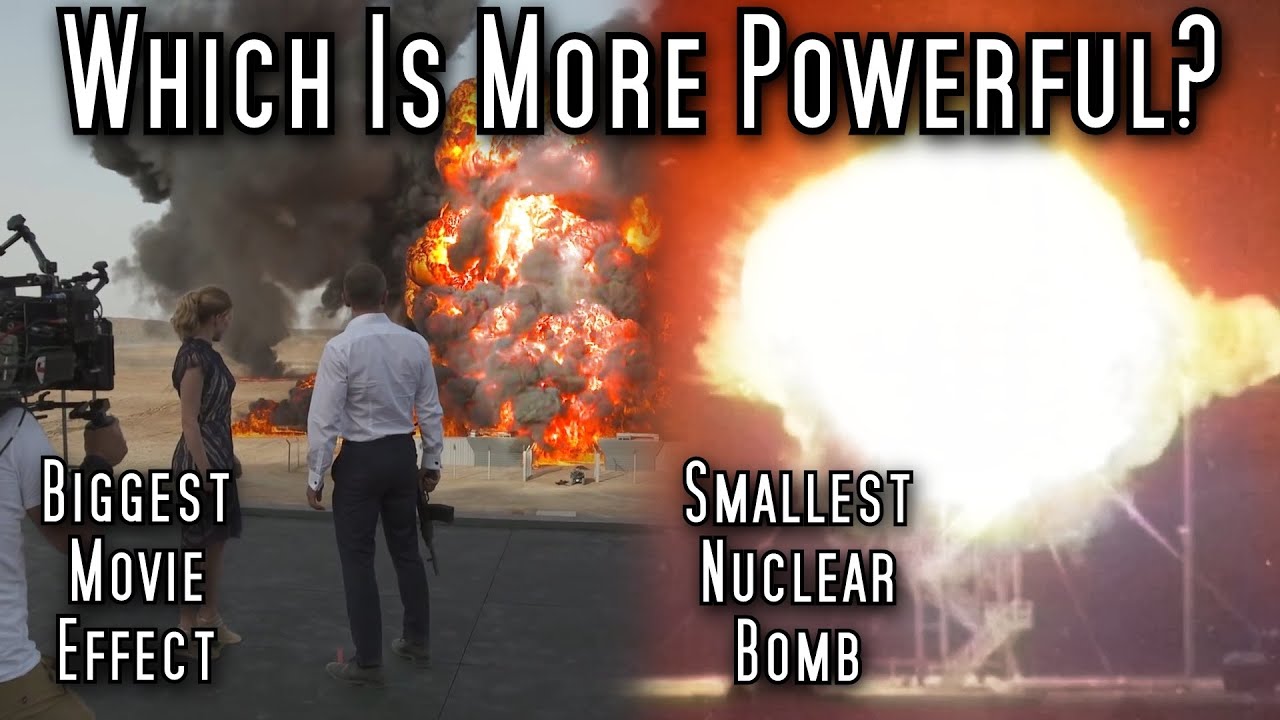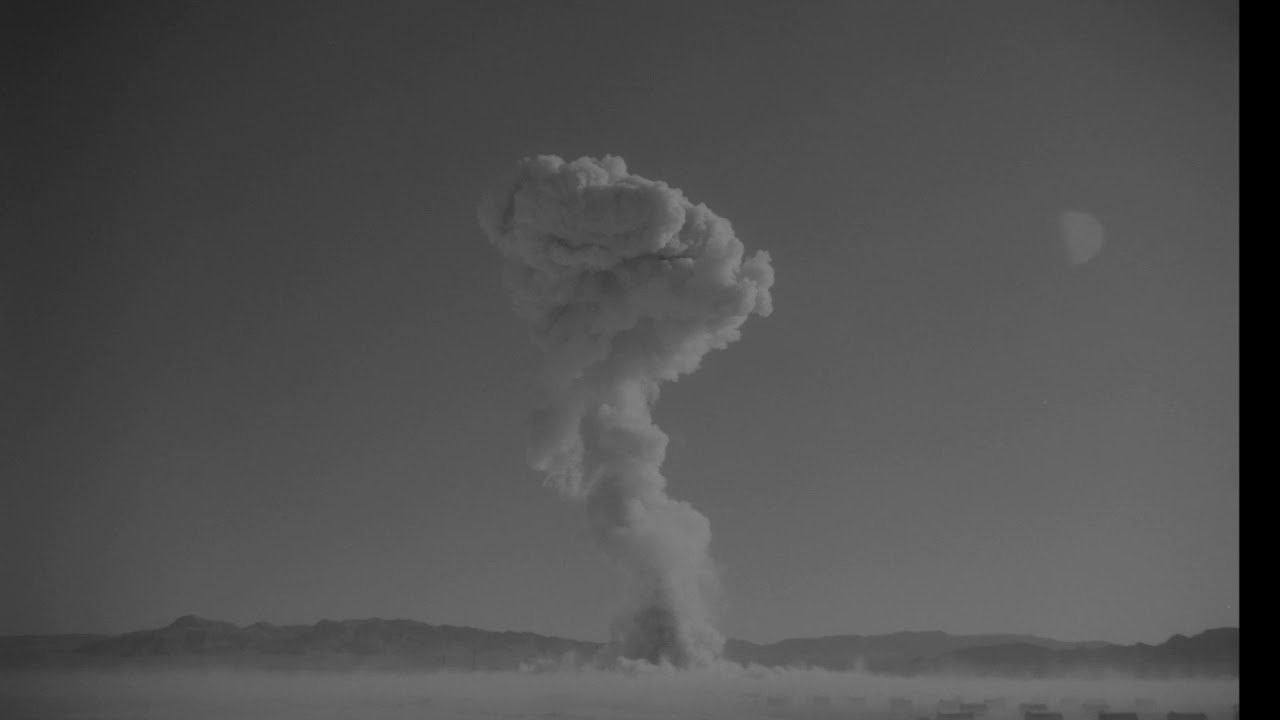On 1945-05-07, the Manhattan Project detonated explosives with the power of 108 tonnes of TNT on a wooden platform 730 metres from the planned Trinity nuclear weapon test in order to test procedures for conducting and monitoring the forthcoming test, and to calibrate sensors to be used in measuring its effects. This was much smaller than the eventual test on 1945-07-16, which was around 25 kilotons of TNT, but there have been numerous nuclear detonations since that rehearsal test with smaller yields.
Some were bombs deliberately designed for low yield, while others were “fizzles”, where a weapon designed to have a much larger yield failed to function as intended, but still produced some nuclear yield. Still other small yield detonations were “one-point safety” tests, intended to test the safety of nuclear weapons in the case of accidental detonation of one of its conventional explosive components due to electrical failure or fire, which “failed hot”, producing some unwanted nuclear yield. The record of these tests conducted by the U.S. in 1957 and 1958 was not encouraging: only seven had zero or very slight nuclear yield, while all the others had unacceptably high yields, with the worst producing half a kiloton of nuclear yield, which can ruin your whole day.
Here is complete silent video of the Hardtack II Hamilton shot on 1958-10-15, a test of an extremely small and light device built as a prototype for the Davy Crockett nuclear bazooka warhead, weighing only 16 kg, which fizzled with a yield of only 1.2 tons of TNT. The version of the W54 warhead eventually fielded with the Davy Crockett had a yield of 20 tons of TNT, although other versions had yields between 10 and 1000 tons.

